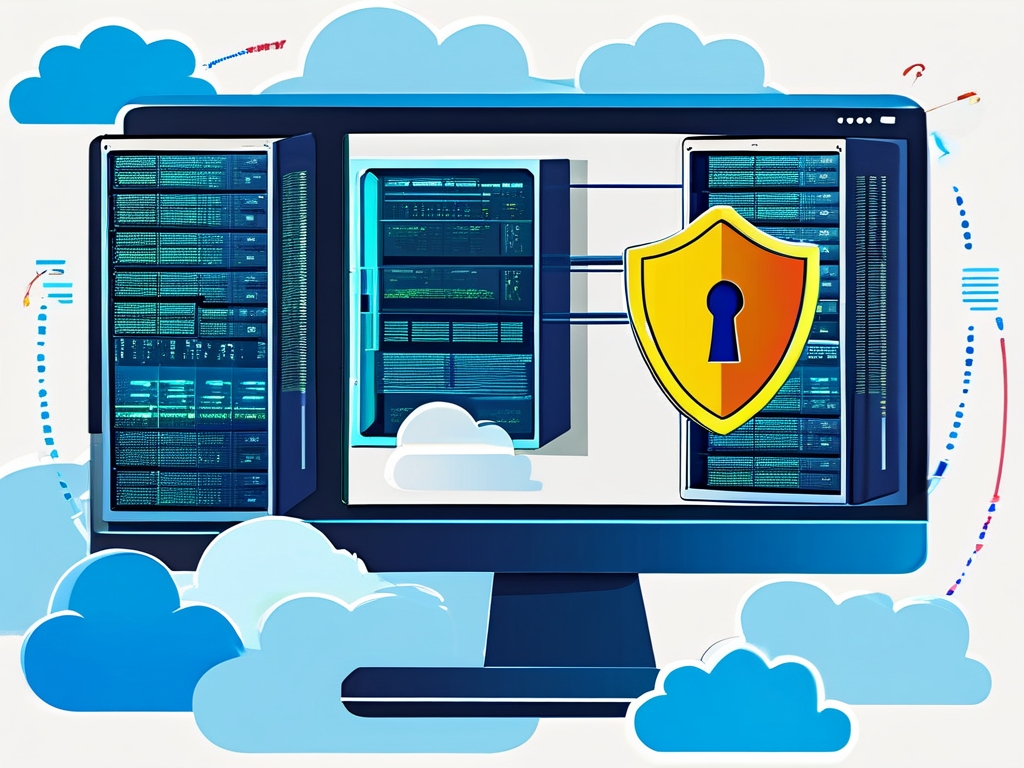As digital transformation accelerates across industries, hybrid cloud architectures have emerged as a cornerstone of modern IT infrastructure. Combining public cloud scalability with private cloud control, this model raises critical questions: Can organizations truly trust hybrid environments with sensitive data? Does its distributed nature introduce unforeseen vulnerabilities? Let’s examine the security and reliability aspects through three operational lenses.
1. Security Dynamics in Hybrid Ecosystems
Hybrid cloud security hinges on two interdependent layers: physical infrastructure protection and logical access governance. Leading providers like AWS Outposts and Azure Stack implement military-grade encryption for data at rest (AES-256) and in transit (TLS 1.3+). A 2023 Forrester study revealed that 78% of enterprises using certified hybrid solutions met GDPR requirements 40% faster than single-cloud adopters.

However, the attack surface expands at integration points. API gateways connecting public/private components require meticulous configuration – a single misconfigured Kubernetes cluster exposed 14% of hybrid environments to credential stuffing attacks last year. Zero-trust architecture (ZTA) adoption has proven effective, with organizations implementing microsegmentation reducing lateral movement risks by 63% (Palo Alto Networks Threat Report 2024).
2. Reliability Through Redundant Design
Hybrid cloud’s reliability stems from its inherent redundancy. When a major AWS US-East outage disrupted services in Q1 2024, companies with hybrid fallbacks to on-premises VMware clusters maintained 99.98% uptime versus 89.4% for public-cloud-only users (IDC Disaster Recovery Benchmark).
The key lies in synchronized data replication strategies. Financial institutions like HSBC now employ bidirectional sync between Azure Arc-enabled servers and their private data centers, achieving recovery point objectives (RPO) under 15 seconds. Such implementations demand sophisticated orchestration tools – Red Hat OpenShift users report 34% fewer synchronization failures compared to custom-built solutions.
3. Emerging Threat Vectors
New risks accompany hybrid advantages. Containerized workloads moving across environments create ephemeral attack surfaces. Darktrace’s AI-powered surveillance recently detected novel “cloud-hopping” malware that remained dormant in private infrastructure until triggering public cloud resource exhaustion attacks.
Quantum computing advancements add complexity. While NIST-approved post-quantum cryptography (PQC) algorithms are being tested in hybrid environments, early adopters like Lockheed Martin discovered a 22% performance lag in lattice-based encryption during cross-cloud operations.
Hybrid cloud architectures offer neither inherent safety nor guaranteed uptime – their security and reliability derive from intentional design choices. Organizations achieving success combine certified hardware/software stacks with continuous threat modeling. As Boeing’s CISO recently stated: “Our hybrid environment became truly secure only after implementing real-time cryptographic verification across all data planes.”
For enterprises considering this path, third-party audits and simulated failure testing prove critical. The 2024 Hybrid Cloud Maturity Index shows companies conducting quarterly breach simulations experience 57% fewer actual security incidents. In the final analysis, hybrid cloud’s value proposition remains compelling – provided organizations match its technical complexity with equal rigor in governance and monitoring.







